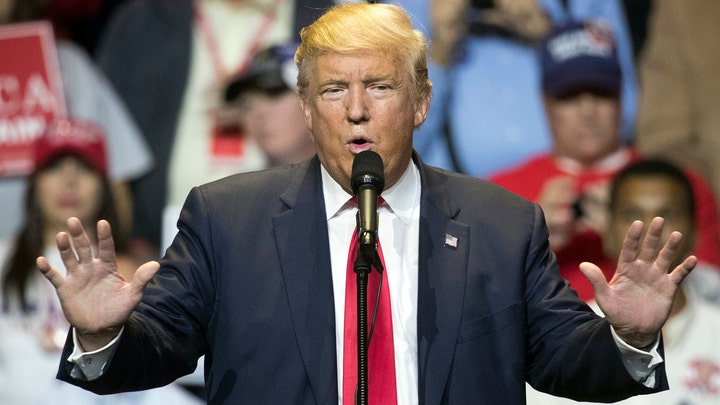
Houston Texans quarterback Tom Savage is checked by a referee after he was hit during a Dec. 10 game in Houston. (Associated Press)
The NFL and its players union announced a series of changes Friday to the way potential concussions will be handled during games.
The policy changes were drafted during a joint review by the league and the union following a Dec. 10 injury to Houston Texans quarterback Tom Savage, whose return to action after a strong hit drew harsh criticism.
Savage was seen writhing on the ground, with his hands seeming to twitch, after being tackled by San Francisco 49ers defenders. He was taken to the medical tent where he stayed for less than three minutes before returning to play.
Later in the game, a team doctor determned that Savage had suffered a concussion, so he was removed.
Return was 'unacceptable'
The NFL said the Texans would not be fined for the incident. The review determined that the team's medical staff followed protocol but Savage's return to the game was “unacceptable.”
Texans coach Bill O’Brien said he was glad that improvements to the protocol were made following Savage’s injury.
“I think there’s a lot of things that can be improved,” he said. “I think anything where you can help — obviously the safety of the player in this game is the most important thing (and) I think anything like that helps when you try to improve that process.”
"I think there's a lot of things that can be improved. I think anything where you can help -- obviously the safety of the player in this game is the most important thing (and) I think anything like that helps when you try to improve that process."
The NFL has been under increased scrutiny in recent years over player safety, especially related to head injuries.
A mishandling of the concussion protocol in a November game for Seattle Seahawks quarterback Russell Wilson resulted in a $100,000 fine for the franchise earlier this month, the Agence France-Presse reported. Seattle was the first team to be fined for such a violation.
A $1 billion settlement of concussion-related claims from more than 20,000 former players took effect earlier this year. The settlment resolved thousands of lawsuits brought by former players, accusing the NFL of hiding its knowledge of the risks of repeated concussions.
Changes implemented
All of the changes from the NFL and NFLPA have already been implemented, including the use of a centralized, unaffiliated neurotrauma consultant at the league office to monitor feeds of all games and contact the team medical staff if anything deserves further evaluation.
If players show signs of a seizure or fencing responses, as Savage did, they will be removed from the game and cannot return.
Players who stumble or fall when trying to stand will require a concussion evaluation in the locker room.
Officials, teammates and coaches have been told to take injured players straight to the medical staff for evaluation if a concussion evaluation is warranted.
A third, unaffiliated neurotrauma consultant will be added to all playoff games including the Super Bowl to step in if one of the other two are away from the sideline tending to an injured player.
Positive steps
Dr. Hunt Batjer is a neurosurgeon and a former co-chairman of the NFL committee on head, neck and spine injuries. He said that policy changes were positive steps.
He said he still believes more should be done to protect players.
“When a player has a suspicious either helmet-to-helmet or helmet-to-playing-surface hit and he’s down on the field and play is stopped because of that play then that person should be escorted to the locker room for a full exam,” Batjer said.
Batjer believes that the game will eventually be made safer when parents decide that it’s too dangerous for their children to play.
“The biggest lever that could be used is to say: ‘We as American parents do not believe the safeguards are in place to protect our kids and therefore they’re not playing,’” he said. “Those are the forces in my mind that will really push this forward.”
The Associated Press contributed to this report.


